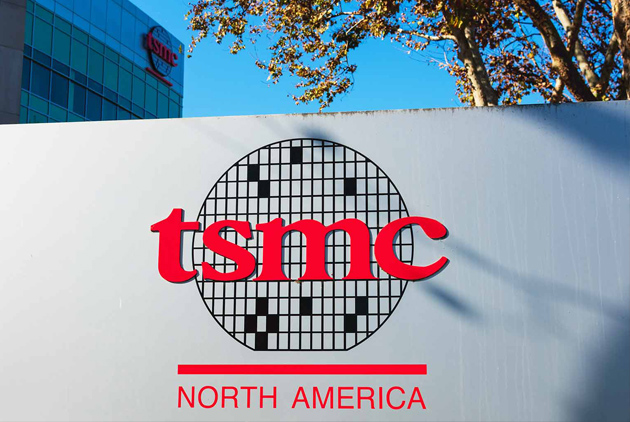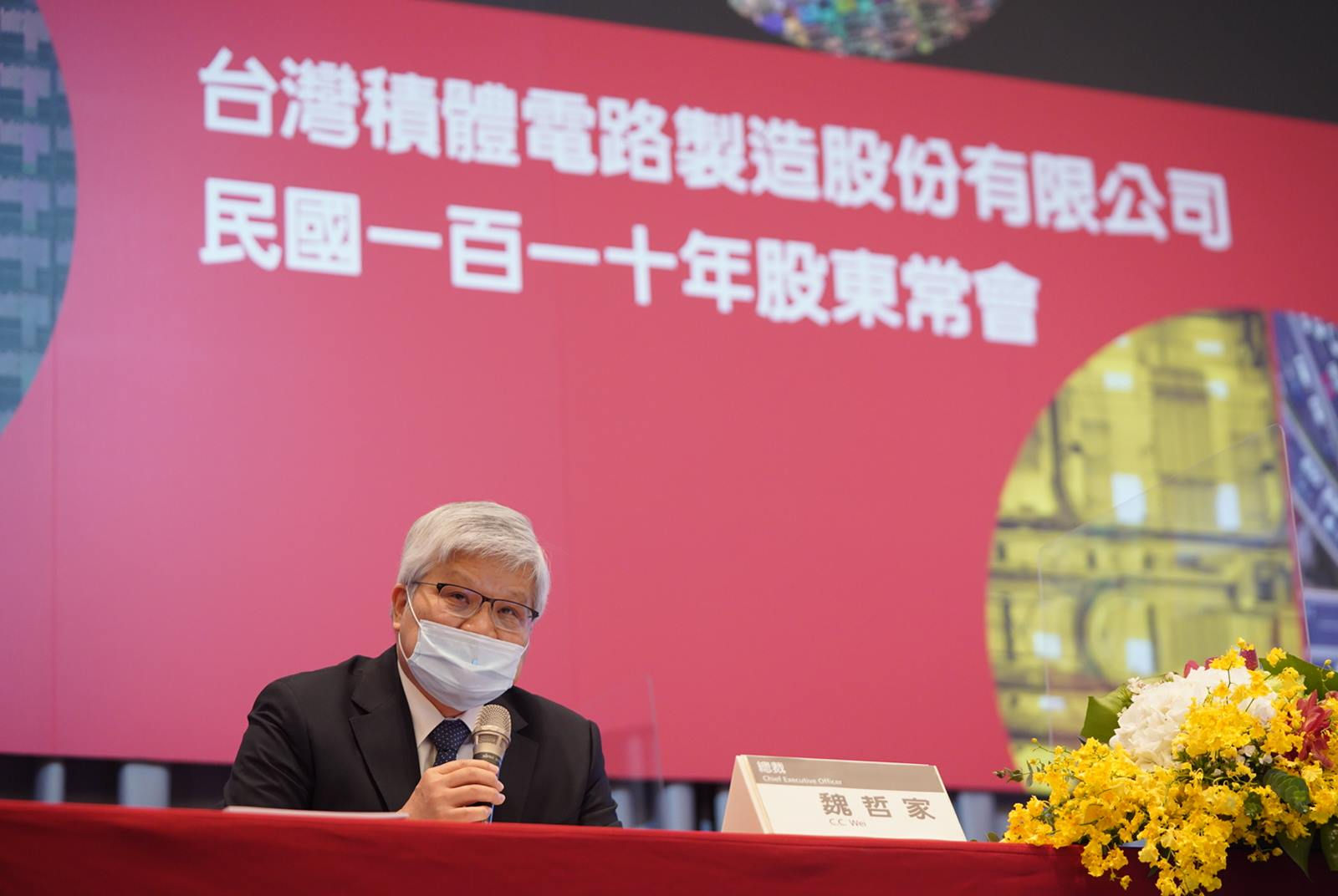Why is TSMC building 28nm capacity in Germany and Japan?

Source:Shutterstock
TSMC has disclosed that in addition to investing in China, the US, and Japan, Germany is also on the table for the semiconductor giant. From Nanjing to Japan, TSMC is expanding their 28nm manufacturing capacity. Wha’s driving its massive overseas expansion?
Views
Why is TSMC building 28nm capacity in Germany and Japan?
By Hannah Changweb only
【Semiconductor Century Conversation|Morris Chang x Chris Miller】Book your seat: https://bit.ly/3Yd6IUv
Right on the heels of the new plant in the U.S. state of Arizona, TSMC is kicking off another round of overseas expansions. The targets: Japan and Germany.
During the TSMC Shareholders’ Meeting on July 26th, TSMC Chairman Mark Liu said, “A team from TSMC is surveying in Japan right now! We are holding weekly meetings to discuss our progress.” He went on to say that TSMC may even set up shop in Germany. “TSMC is in close communication with several major German customers. TSMC is carefully evaluating the request from the German government to build our foundries in Germany.”
In their latest report, the investment management company AllianceBernstein concluded that TSMC’s unprecedented massive overseas expansion is driven by strategic concerns rather than opportunism. If TSMC is to provide the best possible services and help its customers cut costs, it will need to manufacture its products in specific, designated locations. “TSMC likes to emphasize that it is the go-to outsourcing manufacturer for every customer. Since outsourcing relies on economies of scale, it needs to provide unprecedented scale for all its customers.”
 (Source: TSMC)
(Source: TSMC)
This April, TSMC announced that it is investing US$2.8 billion to expand its 28nm manufacturing capacity in Nanjing. The Japanese foundry is also based on the 28nm process.
The market is rife with rumors that 28nm capacity in Nanjing has increased from 40,000 pieces per month to 100,000. That is without taking the plants in Japan into account; or the one in Germany, which may also be a 28nm foundry.
In other words, TSMC’s latest large-scale overseas expansion revolves around the 28nm process, which already has ten years of history. What new tricks has this old dog learned that is driving TSMC to massively expand its 28nm capacity?
Why 28nm? New applications include Sony, Apple’s AR & VR products
A foreign investment analyst points out the reason: “Apple in the U.S., Sony in Japan, and the global automotive electronics supply chain!” He says this is the key to why TSMC is refocusing on the 28nm process and initiating a massive overseas expansion.
In April, CommonWealth Magazine reported that TSMC had made sure to highlight “client management” when it opened its plant in Japan. This was closely linked to Sony and its customer, Apple. Sony had abruptly decided to produce ISP components with the 28nm process; the components were to be used with Sony’s own CMOS image sensors in Apple’s newest iPhones. The plan called for a huge order of 40,000 wafers. A sudden order like this overwhelmed TSMC’s 28nm capacity, which had been hurting for customers up until then.
 (Source: TSMC)
(Source: TSMC)
“TSMC’s Japanese orders are set in stone: Sony has a need for an outsourcing manufacturer,” says Charlie Chan, an industry analyst at Morgan Stanley. “The 28nm chips will be used for ISP and CMOS. This is a concrete demand, so TSMC is methodically expanding its capacity.”
The other application for 28nm chips also comes from Apple.
This February, Japan’s Nikkei reported that Apple was working with TSMC to develop advanced Micro OLED display technology. This is a hybrid between semiconductor and display manufacturing technologies. The new Micro OLED displays will be built directly onto the wafers. These displays are thinner, smaller, and they consume less power—perfect for wearable Augmented Reality (AR) and Virtual Reality (VR) devices.
During the TSMC Technology Symposium in June, it was disclosed for the first time in a report by Liu Hsin-sheng, Senior Manager of Specialty Technology Business Development (特殊技術業務開發資深處長劉信生) at TSMC that TSMC was working on Micro LEDs.
Liu stated that TSMC will be providing options ranging from 28nm to 80nm for silicon-based micro display manufacturing.
Which is to say, the super-small, ultra-high-definition displays used in Apple’s future VR and AR wearable devices will most likely be made with TSMC’s 28nm manufacturing process.
It is no wonder then that, during the TSMC Shareholders’ Meeting, when shareholders expressed concern that TSMC’s oversea expansion will result in excess capacity, Chairman Mark Liu responded in this way:
“Our decision today to set up new foundries in the United States and Japan is based on customer demand. Seventy percent of TSMC’s business is in the U.S. If our U.S. clients have requests, we will support them.”
Mark Liu has said in a previous earnings conference that the Nanjing plant plans to begin operations in the second half of 2022. By mid-2023, it will reach the production goal of 40,000 pieces per month. CEO C.C. Wei has also said that TSMC anticipates the development of smarter, safer, and more environmentally friendly cars to continue to bolster demand.
A direct hit on TSMC’s profit margin? Foreign securities: Profit margins may fall below 50% in 2023
Will TSMC make the same mistake of the past, when there was an excess of 28nm manufacturing capacity, which caused profit margins to shrink? Mark Liu freely admits that the costs of opening new foundries overseas are much higher than in Taiwan. But he uses Japan as an example: “Our customer will help us overcome this problem. We expect that once we’ve completed due diligence in our Japanese plant, the revenue we make in Japan will make up for the costs.”
He brims with confidence: “Our customers support our overseas expansions. In other words, they will share the additional costs. We expect to reach our long-term goal of 50% profit margins; we may even be able to raise the margins above 50%.”
Have you read?
♦ TSMC pours US$3B into 28nm production for major customer
♦ The coming TSMC boom: Can it double sales by 2023?
Translated by Jack Chou
Edited by TC Lin
Uploaded by Penny Chiang






